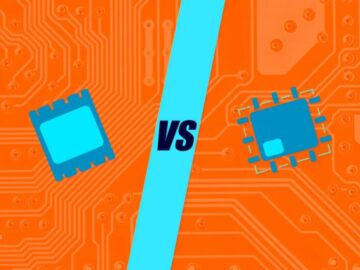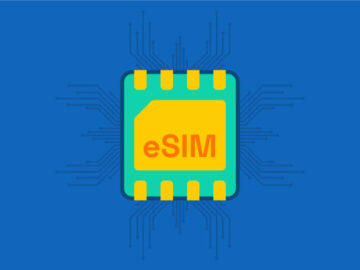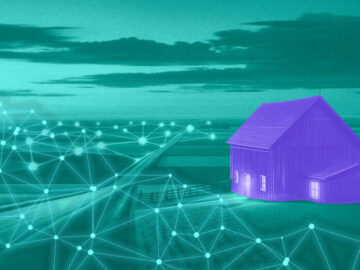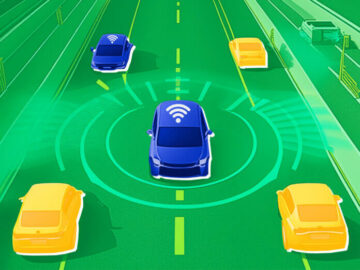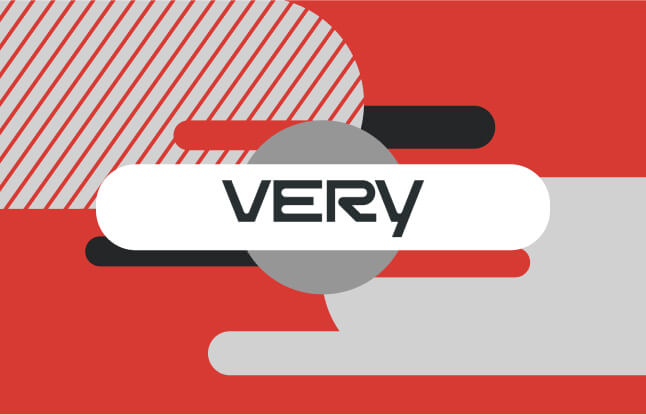
Data wrangling (also known as data munging or data remediation) is the process of taking raw data and transforming it into a usable format. By “usable,” we mean ready for further analytics, such as in a report, dashboard, or machine learning model. It involves gathering data from various sources, understanding its structure and quality, and manipulating it to ensure its accuracy, consistency, and completeness.
IoT analytics refers to the application of data analytics tools to internet-enabled devices. Like traditional data analytics, the goal of IoT analytics is to use data to inform decision-making, derive insights, or automate processes. The difference here is that IoT analytics uses data collected from the edge. With connected devices generating data from new sources, IoT analytics can deliver visibility and process control which would have been previously impossible. Users – or automated systems – can make real-time decisions that reduce costs, increase efficiency, and improve quality, all informed by data at the edge.
IoT analytics products do things like displaying historical and real-time data on dashboards, or generating reports to increase visibility into systems and processes. Artificial intelligence (AI) and machine learning (ML) applications also play a key role. AI and machine learning in IoT can be used to automate previously manual processes and workflows, from remote monitoring and predictive maintenance applications to physical security.
In any analytics application, data wrangling is a must. But why? Data wrangling ensures consistent data with fewer errors, facilitating more accurate decision-making. Through data wrangling, data becomes more usable and can be structured to complement downstream analytics and business needs. This also means less time is wasted sifting trends from noise.
It’s often estimated that the time spent wrangling data far outweighs the time spent building machine-learning models. Most modeling approaches require well-structured, clean data, with data from various sources combined into one dataset — including labeled data, if that’s being used.
In this comprehensive white paper, Very takes you on a journey through the world of IoT analytics, providing a deep and insightful exploration of its significance and impact.
Our guide deep dives into:
- Explaining the IoT Data Lifecycle: From Data Generation to Analytics
- How Data Wrangling Impacts the Quality of IoT Analytics
- Challenges in Data Wrangling for IoT Analytics
- Tools and Techniques for Data Wrangling in IoT Analytics
- The Future of Data Wrangling in IoT Analytics
- Predictions for Data Wrangling Techniques in IoT Analytics
IoT is a rapidly growing market, with billions of connected devices generating enormous volumes of data. The central goal of IoT analytics is to derive value from these mountains of data by automating processes, providing actionable insights to decision-makers, and shining a light on previous blind spots. Without thoughtful yet efficient data wrangling steps, an IoT analytics product will be much like raw data: full of potential, but ultimately of limited value.
- SEO Powered Content & PR Distribution. Get Amplified Today.
- PlatoData.Network Vertical Generative Ai. Empower Yourself. Access Here.
- PlatoAiStream. Web3 Intelligence. Knowledge Amplified. Access Here.
- PlatoESG. Carbon, CleanTech, Energy, Environment, Solar, Waste Management. Access Here.
- PlatoHealth. Biotech and Clinical Trials Intelligence. Access Here.
- Source: https://www.iotforall.com/white-paper/data-wrangling-for-iot-analytics-how-to-get-the-most-out-of-your-data
- :is
- a
- accuracy
- accurate
- actionable
- AI
- All
- also
- an
- analytics
- and
- any
- Application
- applications
- approaches
- artificial
- artificial intelligence
- Artificial intelligence (AI)
- AS
- At
- automate
- Automated
- automating
- BE
- becomes
- been
- being
- billions
- blind
- Building
- business
- but
- by
- CAN
- central
- clean
- collected
- combined
- Complement
- comprehensive
- connected
- connected devices
- consistency
- consistent
- control
- Costs
- dashboard
- dashboards
- data
- Data Analytics
- Decision Making
- decision-makers
- decisions
- deep
- deliver
- derive
- Devices
- difference
- displaying
- do
- Edge
- efficiency
- efficient
- enormous
- ensure
- ensures
- Errors
- estimated
- exploration
- facilitating
- far
- fewer
- For
- format
- from
- full
- further
- future
- gathering
- generating
- generation
- get
- goal
- Growing
- guide
- Have
- here
- historical
- How
- How To
- HTTPS
- if
- Impact
- Impacts
- impossible
- improve
- in
- Including
- Increase
- inform
- informed
- insightful
- insights
- Intelligence
- into
- involves
- iot
- IT
- ITS
- journey
- jpg
- Key
- known
- learning
- less
- lifecycle
- light
- like
- Limited
- machine
- machine learning
- maintenance
- make
- manipulating
- manual
- Market
- mean
- means
- ML
- model
- modeling
- models
- monitoring
- more
- most
- much
- must
- needs
- New
- Noise
- of
- often
- on
- ONE
- or
- out
- physical
- Physical Security
- plato
- Plato Data Intelligence
- PlatoData
- Play
- potential
- predictive
- previous
- previously
- process
- processes
- Product
- Products
- providing
- quality
- rapidly
- Raw
- raw data
- ready
- real-time
- real-time data
- reduce
- refers
- remediation
- remote
- report
- Reports
- require
- Role
- security
- shining
- significance
- Sources
- spent
- spots
- Steps
- structure
- structured
- such
- Systems
- takes
- taking
- techniques
- that
- The
- the world
- These
- things
- this
- Through
- time
- to
- tools
- traditional
- transforming
- Trends
- Ultimately
- understanding
- usable
- use
- used
- users
- uses
- value
- various
- visibility
- volumes
- wasted
- we
- which
- why
- will
- with
- without
- workflows
- world
- would
- yet
- you
- Your
- zephyrnet


